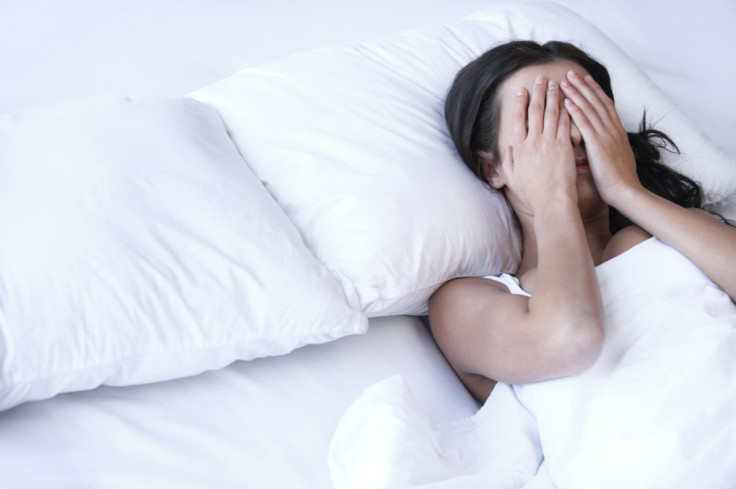Insomnia genes discovered: New analysis reveals why people struggle to fall asleep
The findings open the door to better treatments for insomnia.

Scientists have just identified seven genes and three loci (the positions on chromosomes) associated with insomnia. These findings may pave the way for a better treatment of people suffering from this common sleep disorder.
Many people suffer from insomnia, with studies estimating prevalence rates to reach between 10 and 22% of the adult population. This is an important public health issue, considering that insomnia is a major risk factor for depression and that it plays a role in the development of medical conditions such as cardiovascular disease, type 2 diabetes and obesity.
In recent years, scientists have estimated that genetic factors are significantly involved in the development of insomnia.
However, few robust studies have been conducted to try and identify the genetic factors implicated – samples were either too small or the criteria used to assess whether someone had insomnia had not been clinically validated.
The study now published in the journal Nature Genetics looks at the genome of more than 100,000 people to identify insomnia genetic risk factors with more certainty.
Tip of the iceberg
The scientists used data from the UK Biobank sample which includes 113,006 individuals to identify genetic risk factors related to insomnia complaints. They identified people who suffered from insomnia by asking if they had trouble falling asleep or if they woke up during the night, looking for those who answered "usually" to this question.
Analysing the genomes of these individuals, they were able to identify three loci and seven genes associated with complaints of insomnia. One of these gene, known as MEIS1 had previously been implicated in restless leg syndrome, a condition which causes an overwhelming urge to move the legs and which can be very disruptive to a person's sleep.
"Our analyses show that the association of the MEIS1 gene with insomnia cannot be explained by the presence of a subgroup of people that have restless leg syndrome, but the same gene is likely associated with both phenotypes," study author Danielle Posthuma told IBTimes UK.
"With this study, we only explain 9% of the total variance in the insomnia phenotype, which is known to be 40 to 60% heritable. This is the tip of the iceberg and we will need still larger samples to find more genes associated with insomnia. That being said, we know a bit already about some of the genes we have identified with our analysis, so we may be able to carry functional analyses of these genes to understand how they are relevant to insomnia."
The scientists now plan to conduct similar analyses with additional data from the UK Biobank to identify more genetic risk factors associated with insomnia. The hope is that a better understanding of the genetic determinants of insomnia can lead to better care for patients.
"The findings indeed open new doors for treatment in insomnia. Finding risk genes are a first step toward finding underlying biological mechanisms. Only if we better understand these, it becomes likely that we can develop, for example, better drugs to give people the sleep quality that they miss so desperately," Eus J.W. Van Someren, Professor of Integrative Neurophysiology and Psychiatry at the Netherlands Institute for Neuroscience and another study author, concluded.
© Copyright IBTimes 2025. All rights reserved.






















